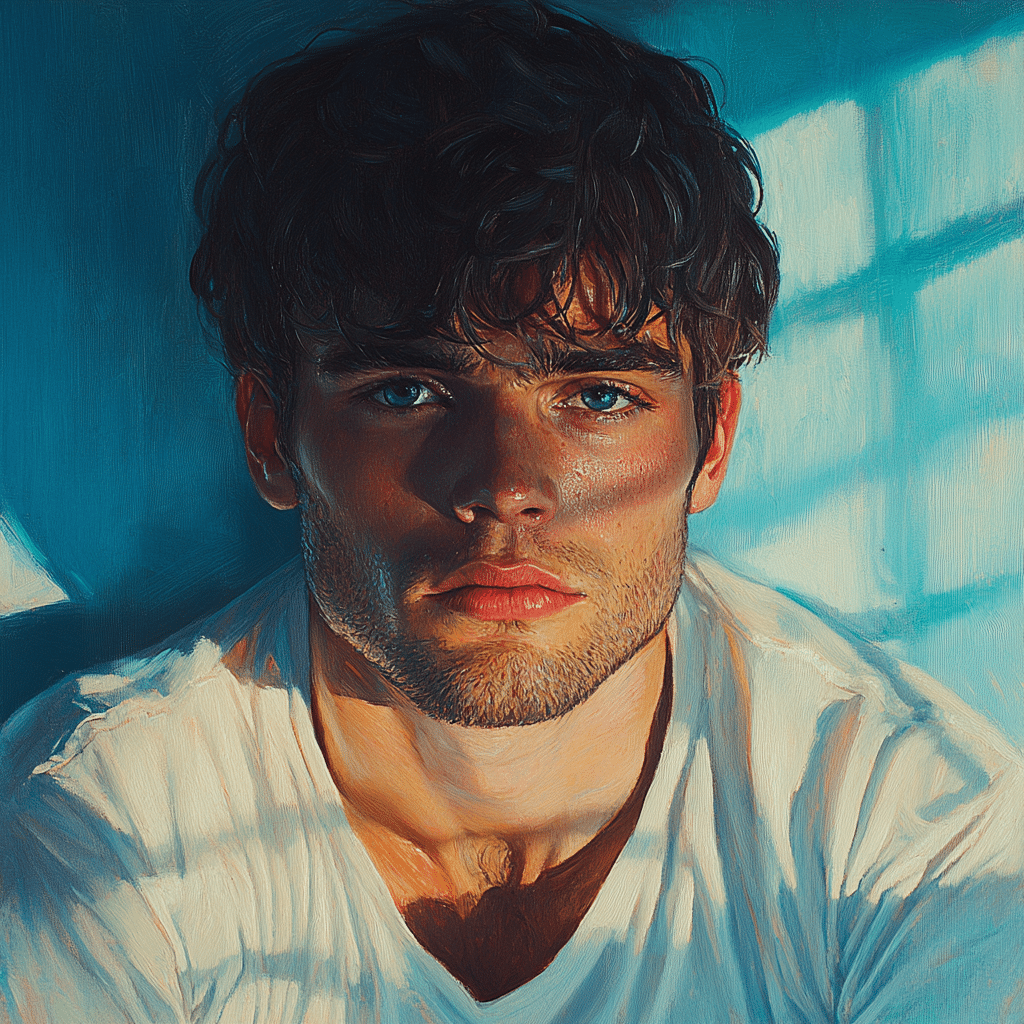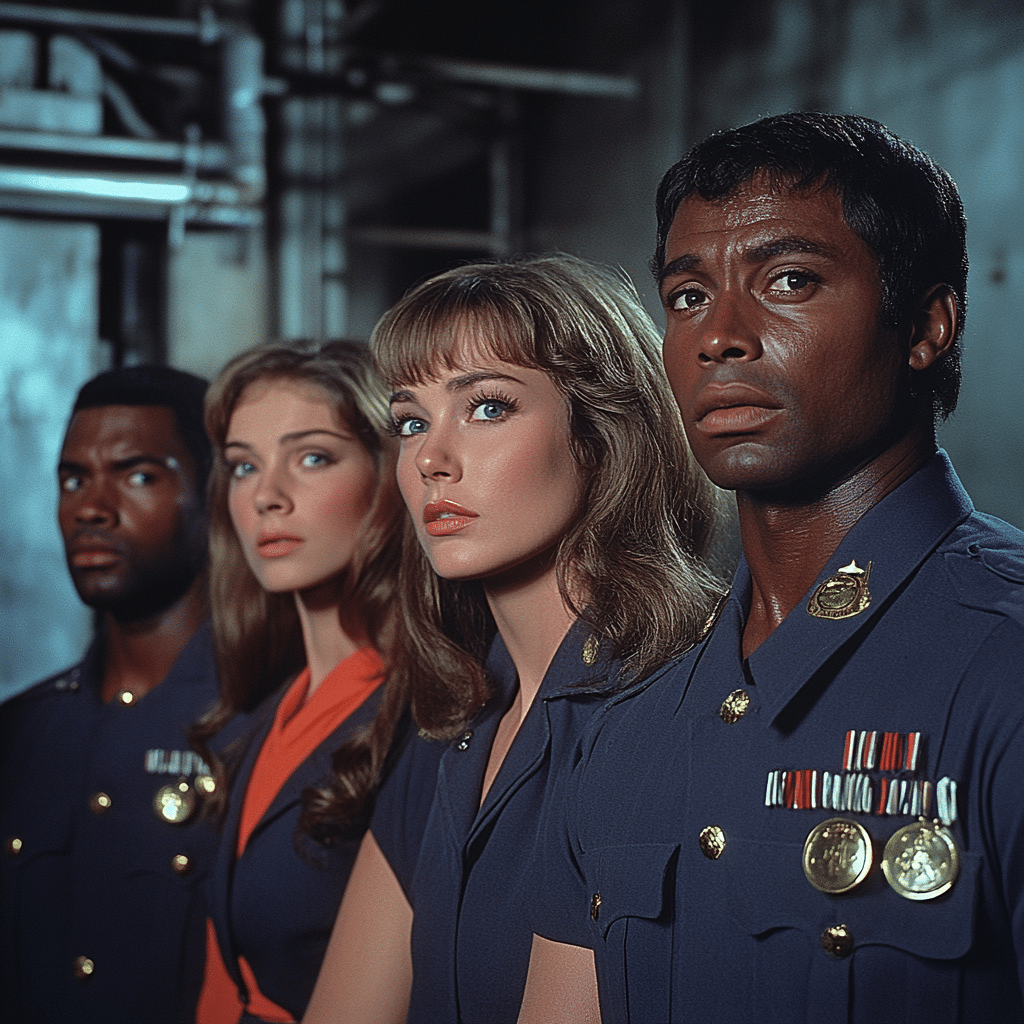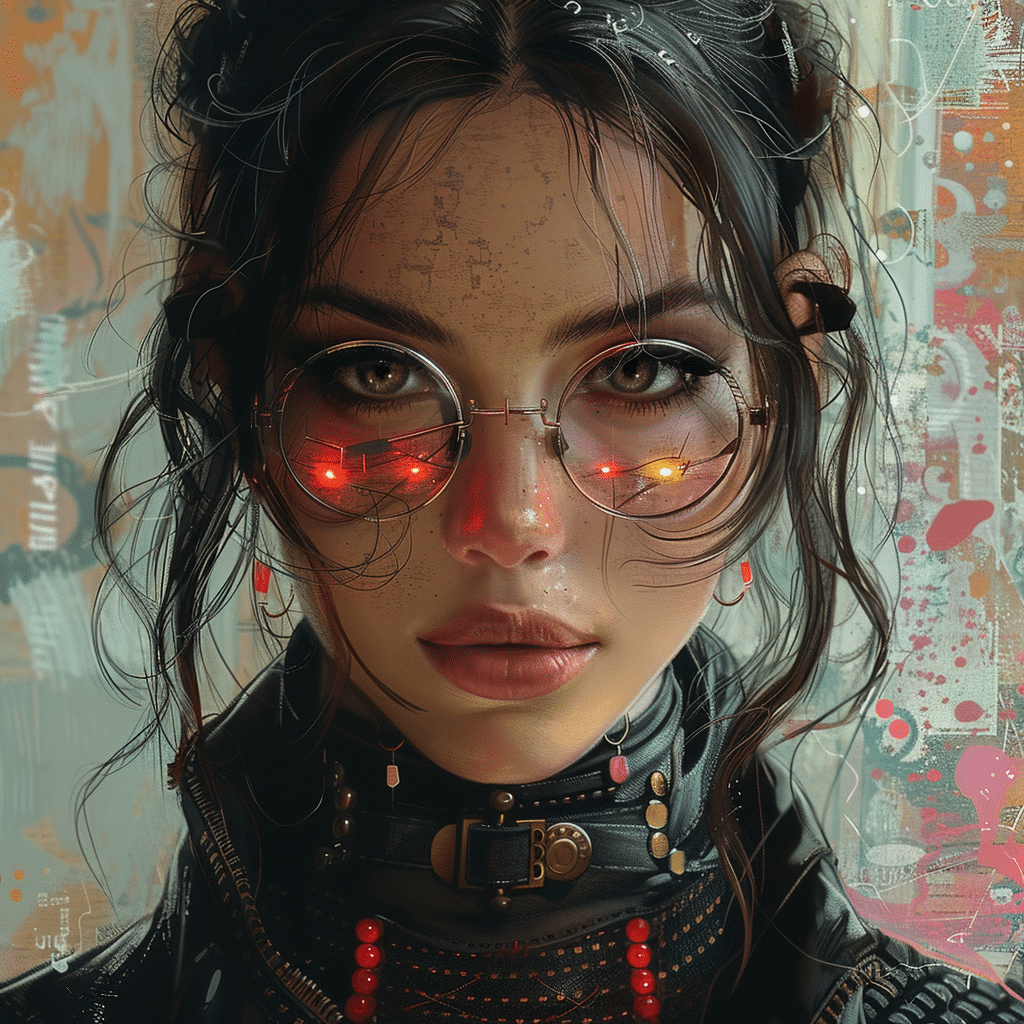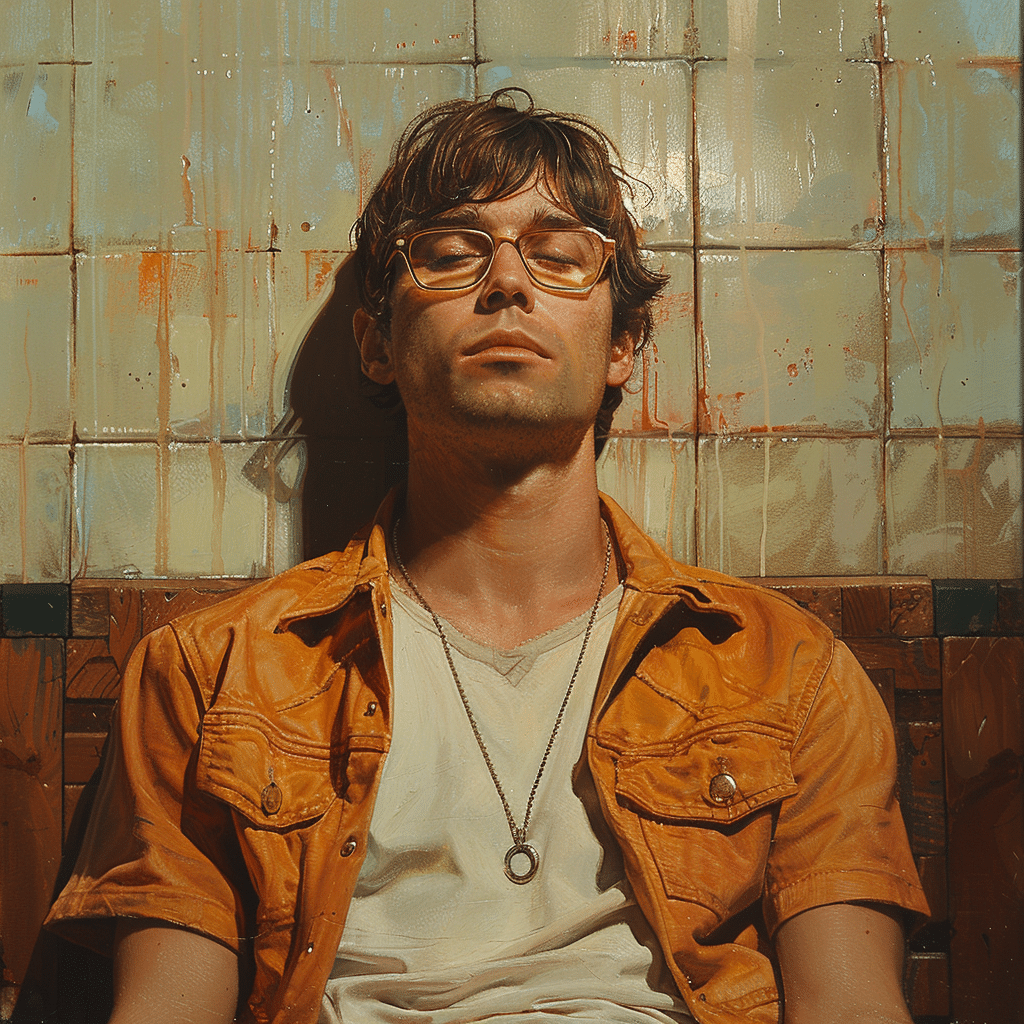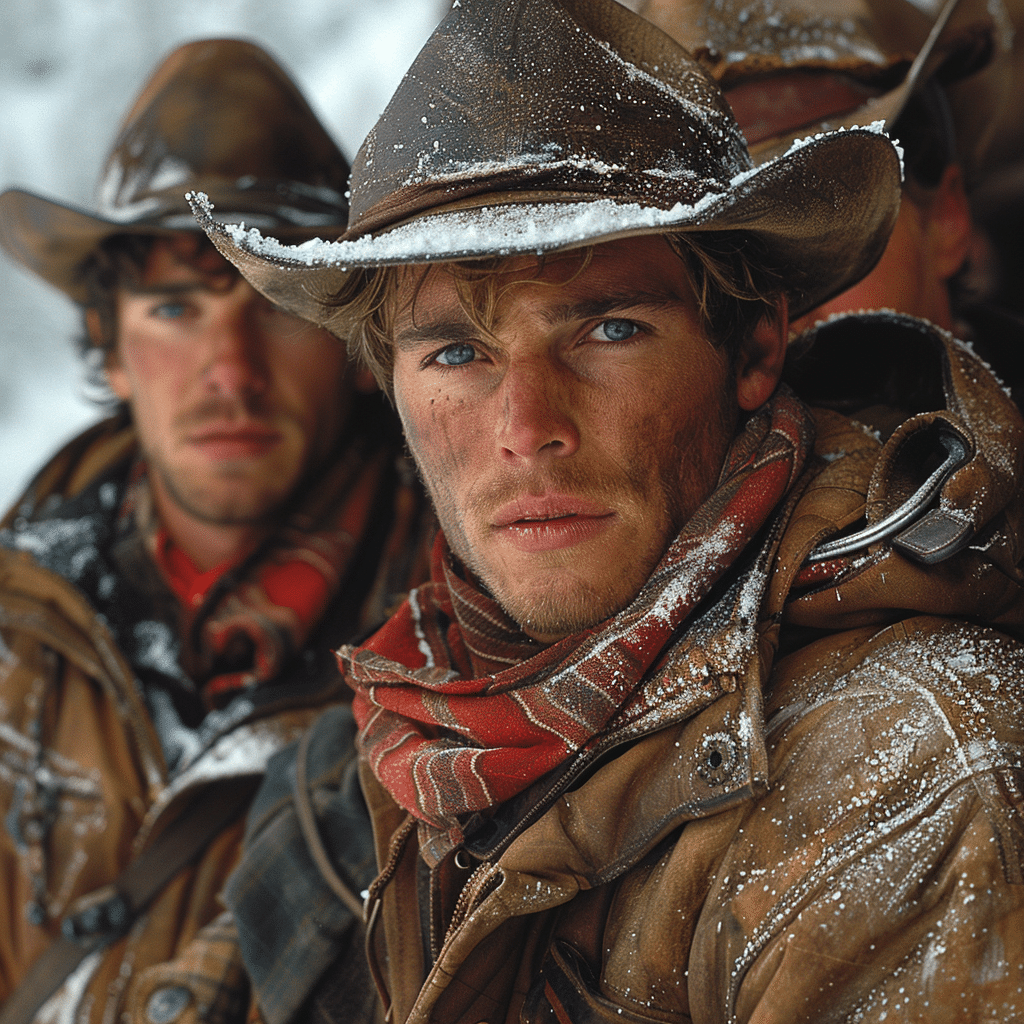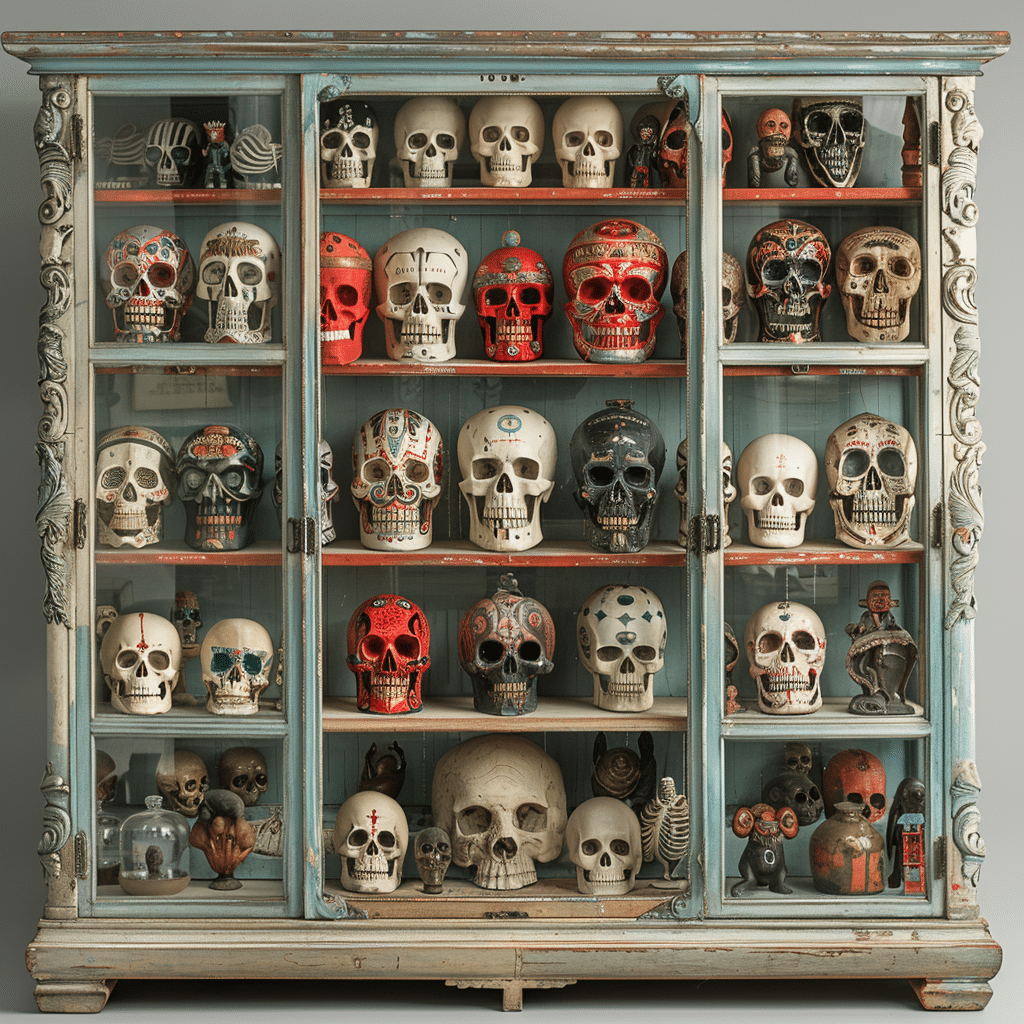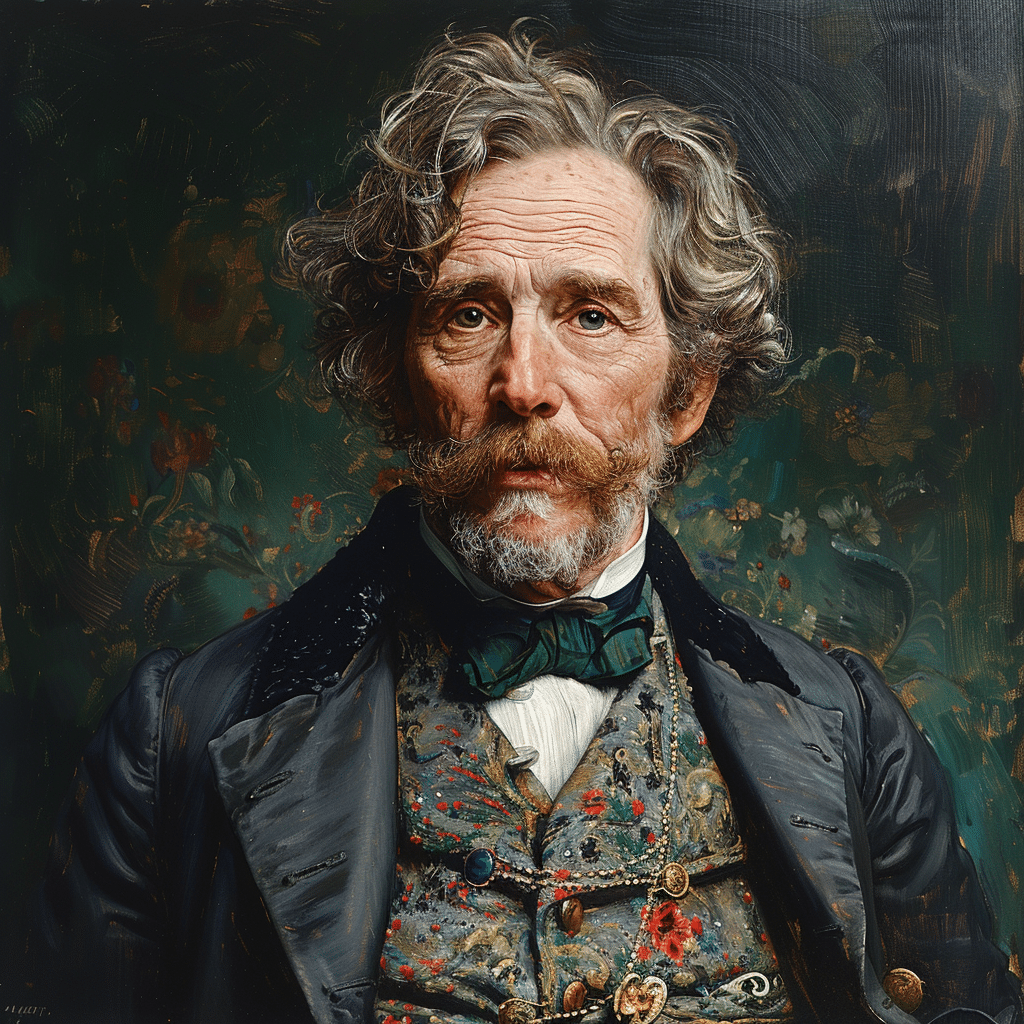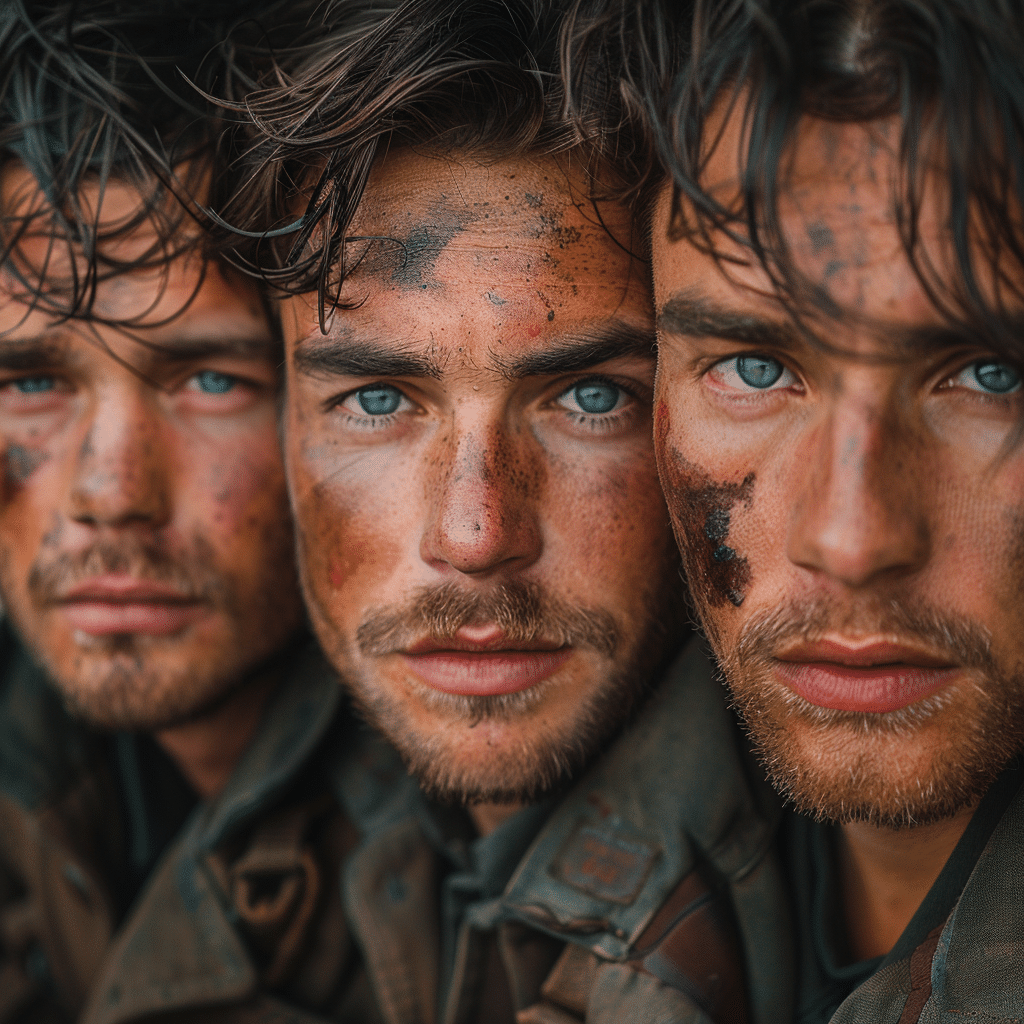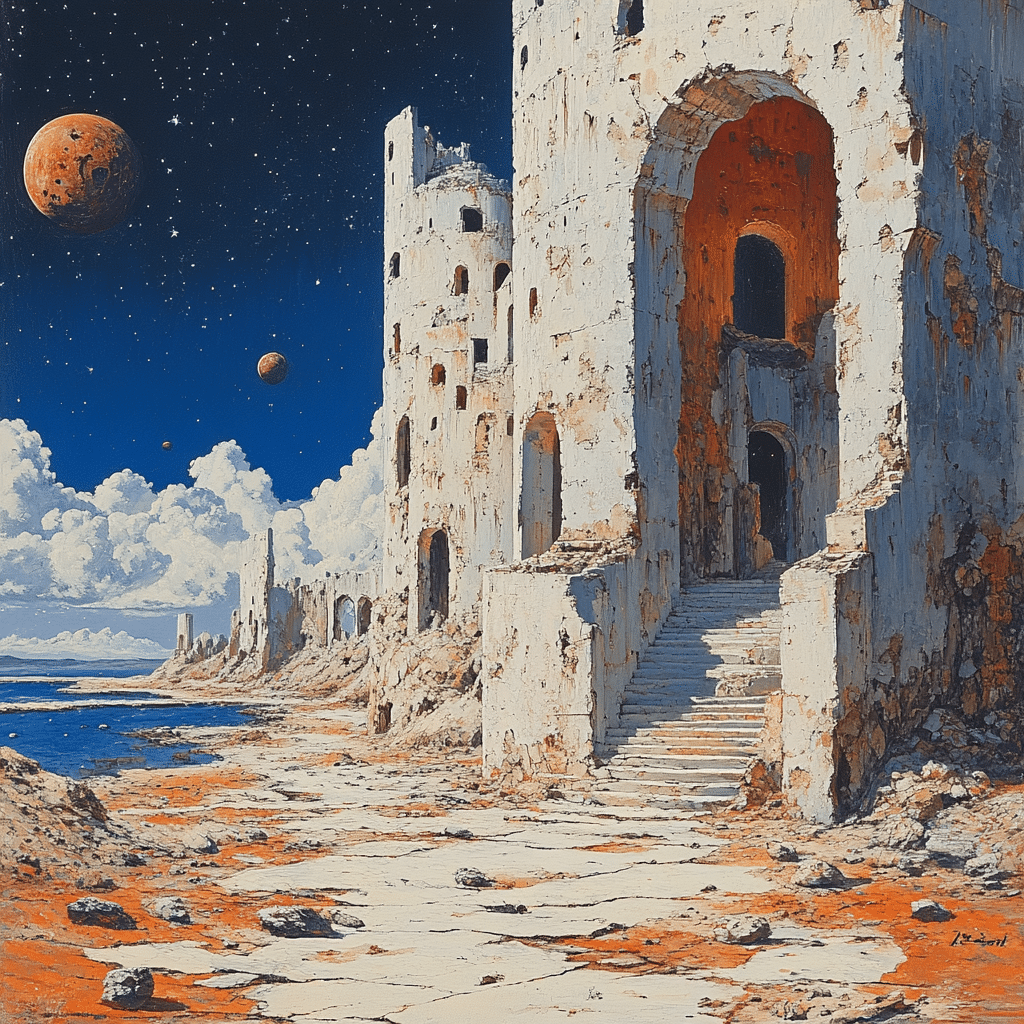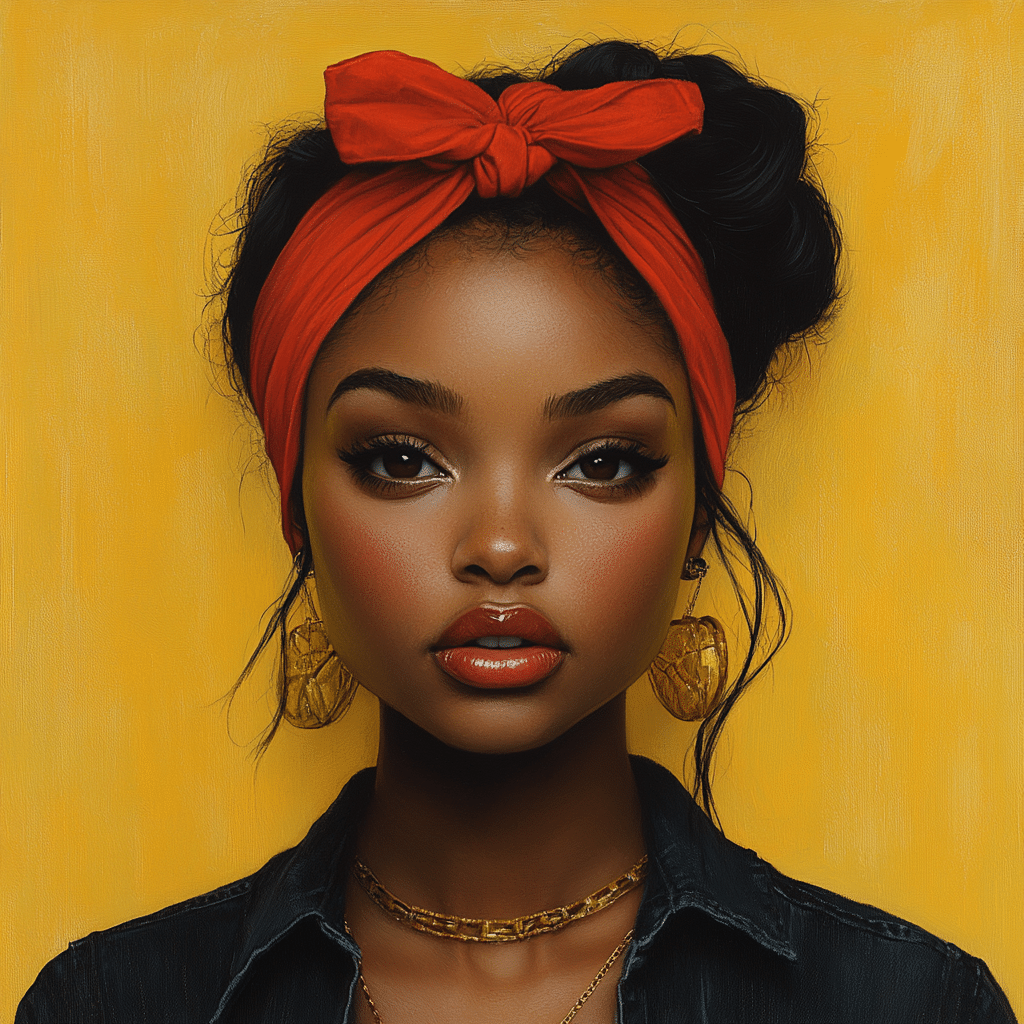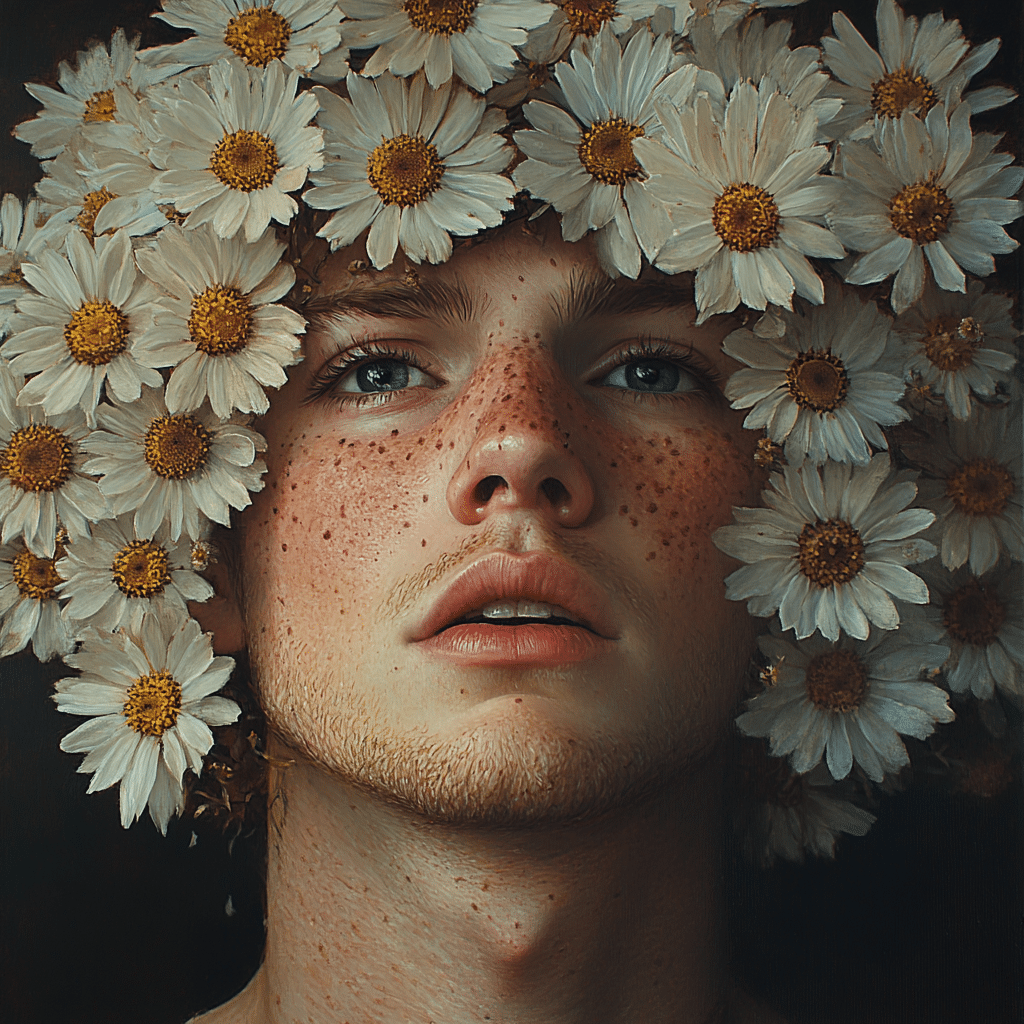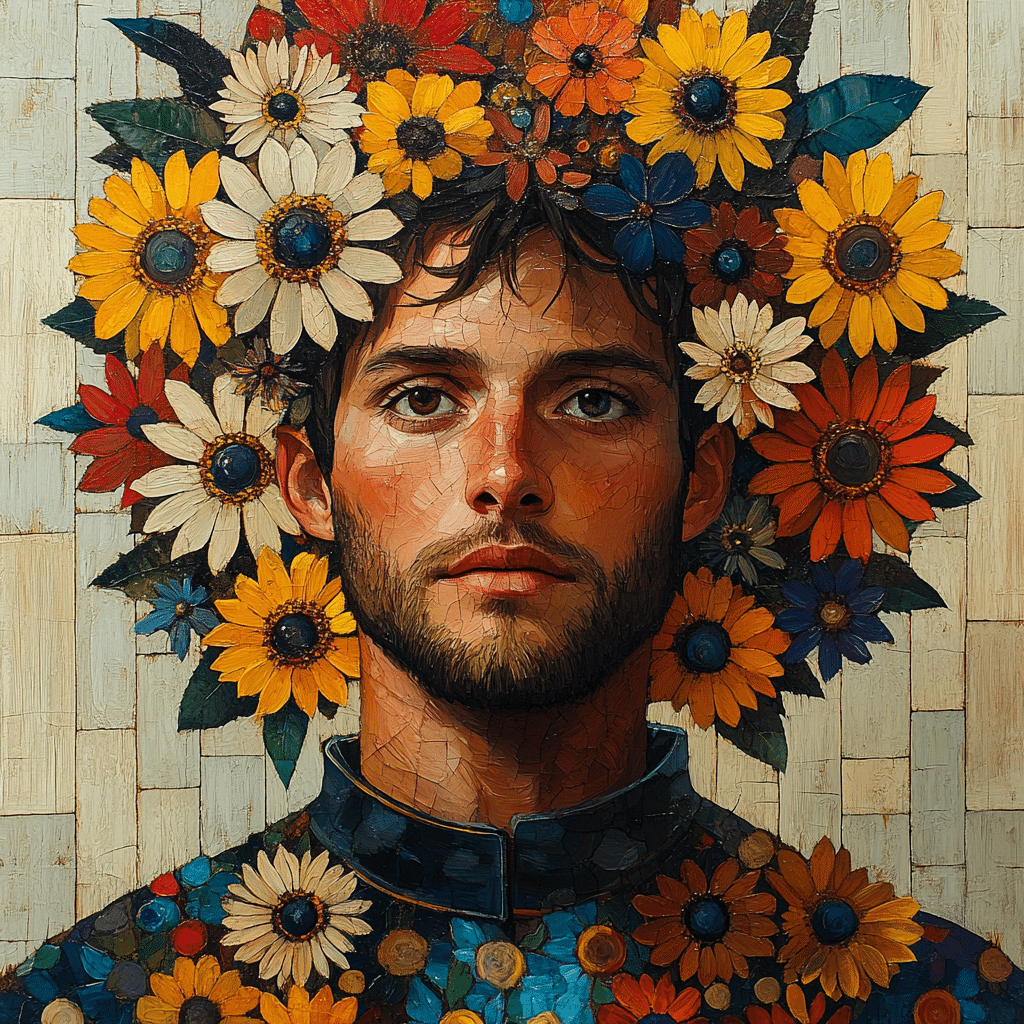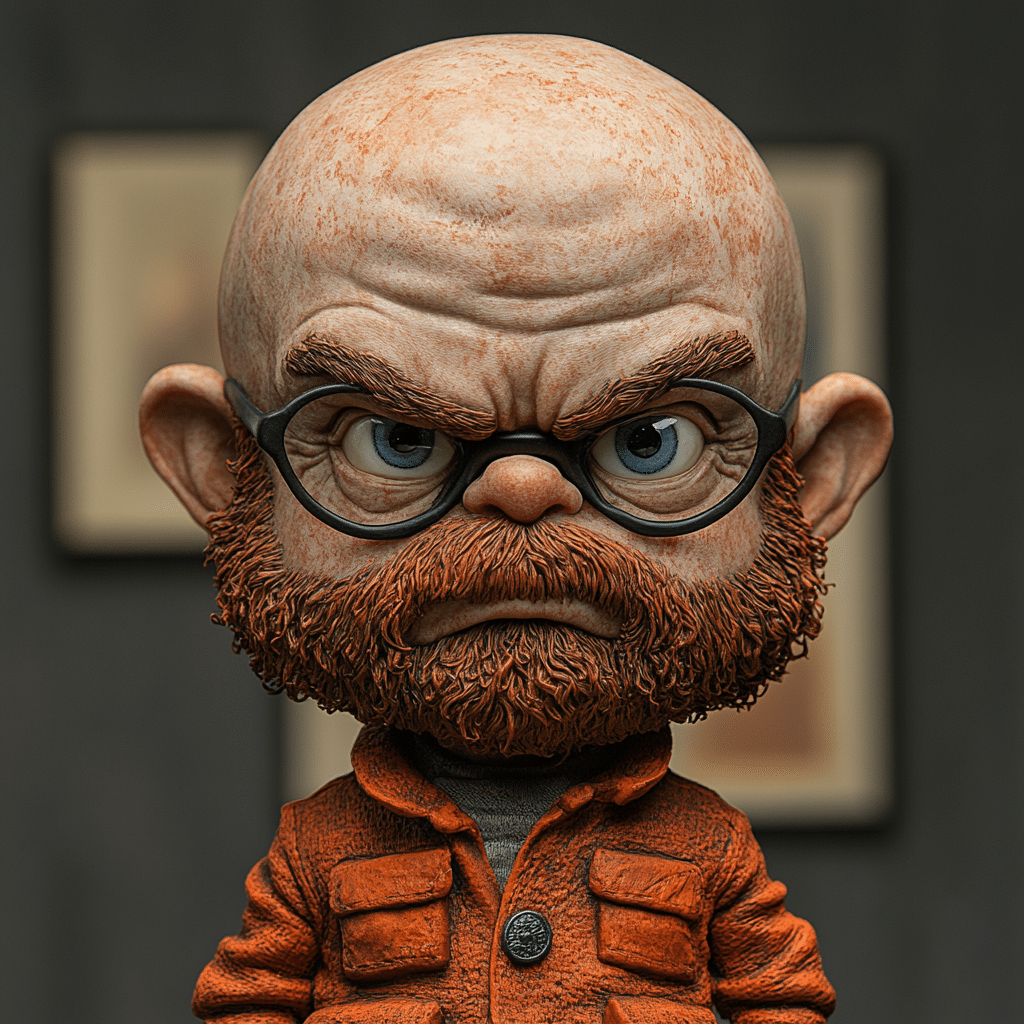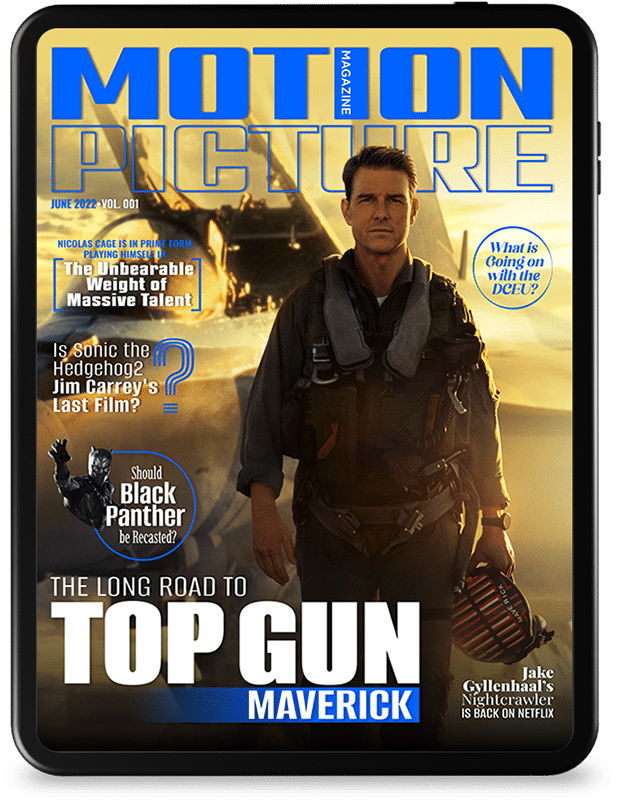Gus Van Sant stands as a monumental figure in contemporary cinema. His innovative storytelling abilities and striking visual style have not only cemented his status as a visionary director but have also shaped the narrative medium for countless filmmakers coming after him. If you’re unfamiliar with the brilliance of Gus Van Sant, it’s high time you get acquainted, because this guy’s work is the kind of stuff that sticks with you, like the last slice of pizza you just can’t seem to forget. Let’s take an in-depth dive into the tapestry of his artistry and explore the defining characteristics of Van Sant’s oeuvre, investigating how he’s turned the film industry on its head.
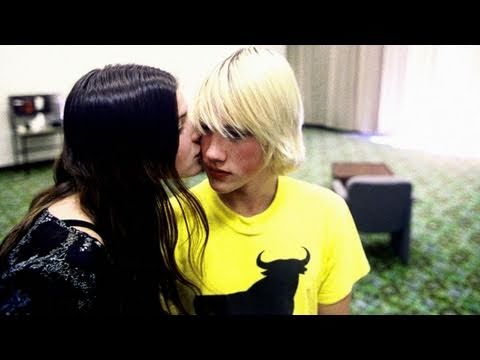
Top 7 Ways Gus Van Sant Changed the Landscape of Film
Van Sant is kind of a wizard when it comes to narrative structures. Just look at Elephant (2003), where he uses a non-linear storytelling approach that mirrors the intricate chaos of school violence. Rather than serve up a standard plot, he plunges audiences into a disorienting experience, forcing everyone to grapple with some pretty unsettling realities. It’s like being thrown into a pool without knowing how to swim—you might flail around, but you’ll definitely feel something.
One of the most potent themes in Van Sant’s films is identity. In My Own Private Idaho (1991), he delves into the lives of marginalized characters, shining a light on issues related to homelessness and sexual identity. By focusing on their struggles, he gives these oft-ignored voices a platform. It’s pretty inspiring to see someone tackle such heavy topics with sensitivity and depth, and it’s part of what makes Van Sant’s work feel so genuine.
When you think of breathtaking visuals, you can’t skip Gus Van Sant. His collaboration with cinematographer Harris Savides created a distinct visual language that resonates through films like Gerry (2002). The haunting beauty stems from his minimalist approach, where the long takes and near-silent soundscapes evoke feelings of isolation and introspection. You watch the characters move through their environments, and you can almost feel their emotions wrapping around you like a warm blanket— or a heavy fog, depending on the scene.
Van Sant’s film Milk (2008) is a love letter to activism, chronicling the life of Harvey Milk, masterfully portrayed by Sean Penn. By honoring the legacies of individuals who’ve had a significant impact on societal issues, he effectively raises awareness about LGBTQ+ rights. Delivering this message through compelling storytelling not only makes for a great film but also encourages audiences to engage with pressing social topics.
Van Sant’s ripple effect is all over modern cinema, influencing filmmakers like Greta Kline. Much like Van Sant, Kline tackles emotional vulnerability and existential questions in her films. It’s exciting to see how newer generations absorb not just the aesthetic but the deeper narratives that Van Sant has set into motion, ensuring that his legacy will continue to thrive as fresh voices emerge within the film industry.
Let’s not forget that Gus Van Sant was a trailblazer in the indie film movement during the late ’80s and early ’90s. His film Drugstore Cowboy (1989) broke the mold and provided a raw, authentic look at addiction and survival, challenging the traditional Hollywood narrative. It encouraged a new wave of filmmakers to pour their stories into the indie scene, highlighting how powerful and impactful independent cinema can be.
Van Sant isn’t shy about tackling tough subjects. In films like A Sea of Trees (2015), he delves into themes of grief and suicide. By shining a light on these often-stigmatized issues, he opens the door for meaningful conversations around mental health. It’s that kind of fearless engagement with topics that many shy away from that elevates his work to something truly remarkable.
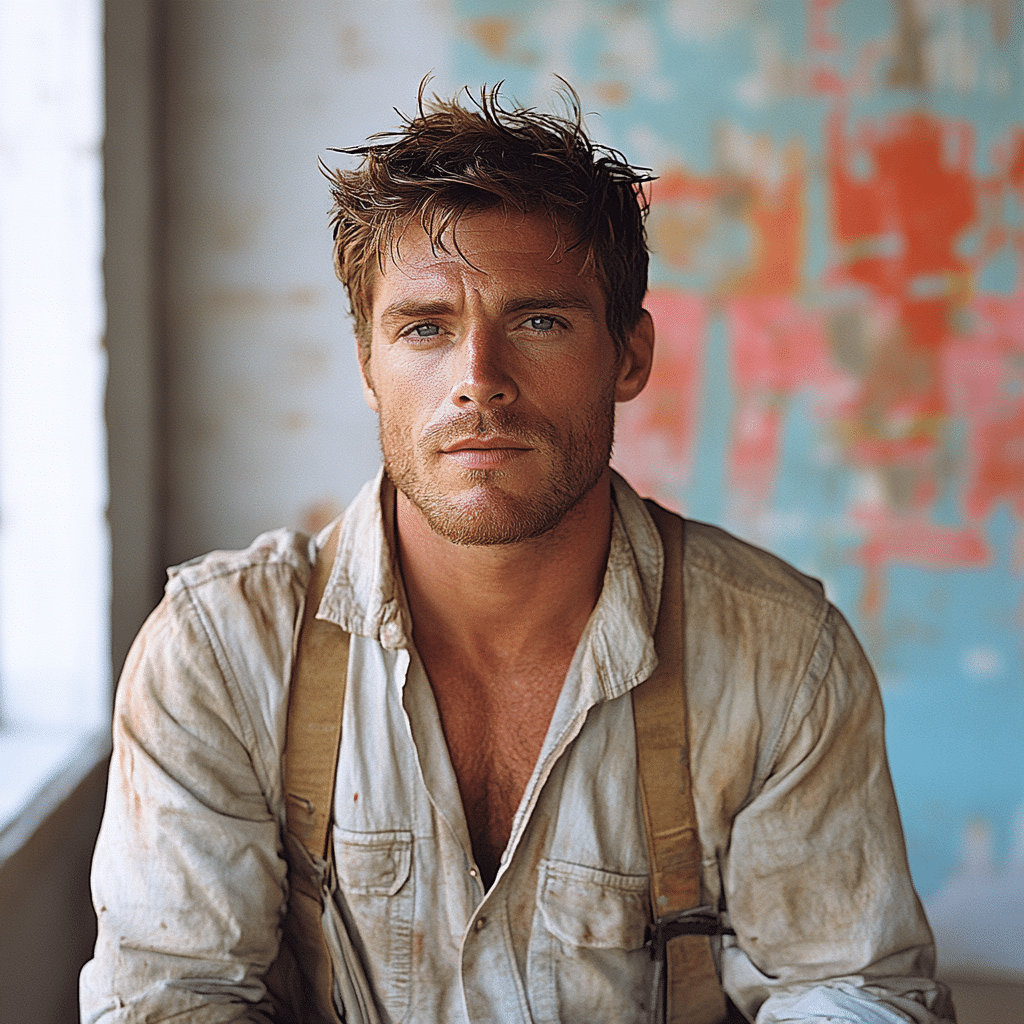
A Legacy Interwoven with Other Cinematic Icons
Although Gus Van Sant’s vision is undeniably his own, he shares threads with other cinematic luminaries. Take Diana Dors, for example—known for her bold roles and unyielding presence, she resonates with Van Sant’s fearless exploration of complex characters. And then there’s Erik Von Detten, who’s made a name in family-oriented cinema, yet his roles often echo the deeper emotional landscapes that Van Sant navigates in his films. These similarities remind us that cinema is interconnected, with each storyteller adding their own spice to the grand narrative.
In the dynamic world of film, Gus Van Sant stands as a beacon of innovation and introspection. His transformative storytelling challenges societal norms and has cast a long shadow over the industry. As emerging filmmakers continue to draw inspiration from his work, the legacy of Gus Van Sant will inspire future generations to push the boundaries of cinematic expression. The ongoing conversations surrounding his influence serve as a rich tapestry of creativity that flourishes not just in dialogue, but in diverse stories waiting to be told.
So there you have it! Gus Van Sant has left an indelible mark on cinema, and for those willing to delve into his work, a treasure trove of insight and emotion awaits. Grab your popcorn and get ready to explore the captivating world of Gus Van Sant, where every frame tells a story that is as poignant as it is revolutionary. It’s not just cinema—it’s a whole experience, much like embarking on an epic adventure, except without the risk of getting lost in Dragon Ball Z territory.
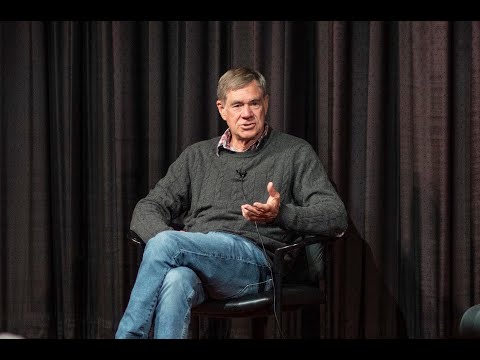
Gus Van Sant: The Visionary Director Redefining Cinema
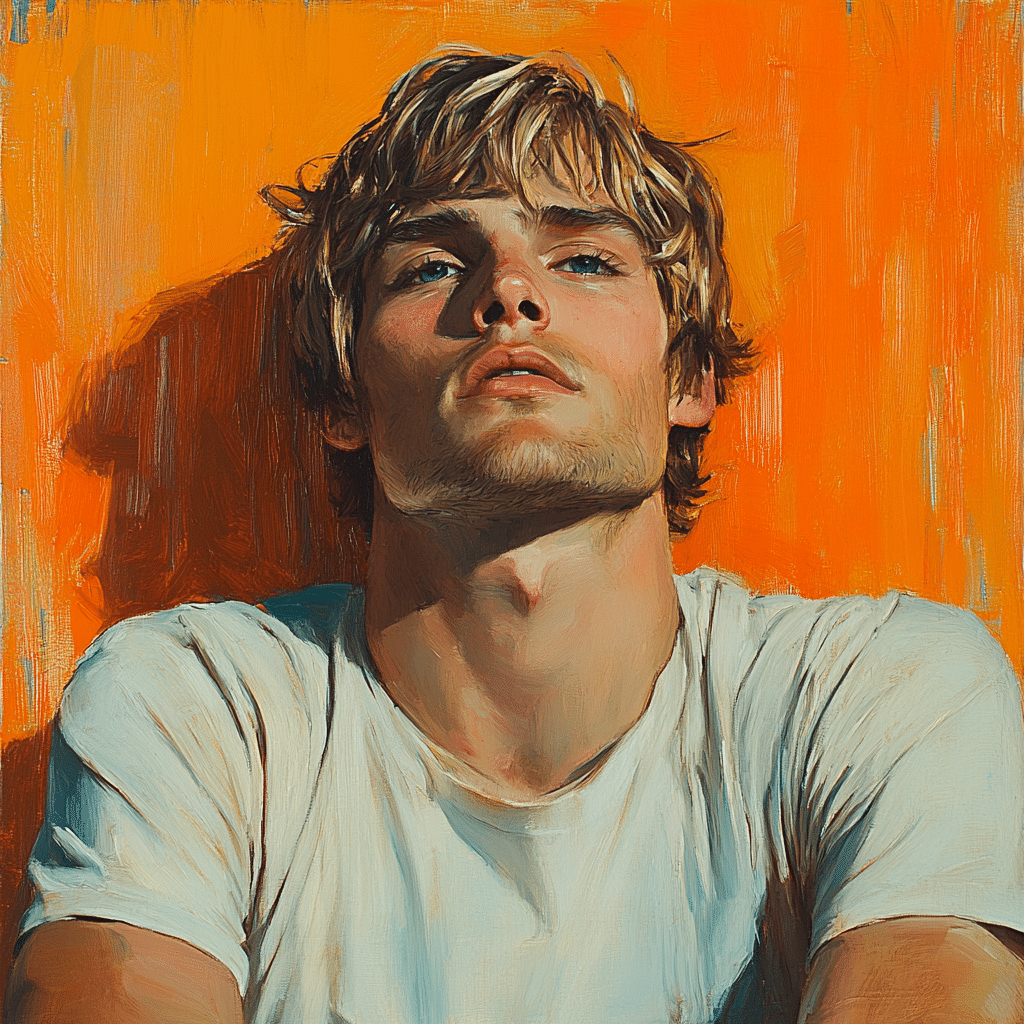
A Maverick of Cinema
Gus Van Sant isn’t just a name; he’s a creative whirlwind in the film industry. Known for his daring storytelling and unique visual style, Van Sant has contributed to cinema in ways that still surprise audiences today. For instance, did you know that his film “Good Will Hunting” put him on the map? It snagged him an Oscar nomination for Best Director, making it a pivotal moment in his career. This treasure trove of talent has repeatedly tackled profound themes that deeply resonate with viewers, which reflects in his other works, like “Milk,” where he portrayed the struggles of LGBTQ+ activism with great sensitivity.
Speaking of unique characters, Van Sant’s films often delve into the oddities of life, much like the eclectic adventures in Dragon Ballz, where characters embark on unexpected journeys. He embraces unconventional narratives, similar to how Dangers in My Heart explores dark themes wrapped in a quirky package. Van Sant’s audacity to challenge norms resonates with fans who appreciate stories that make them think, much like the unexpected turns in The Hangover 2 that keeps the laughter rolling, but in a much more serious context.
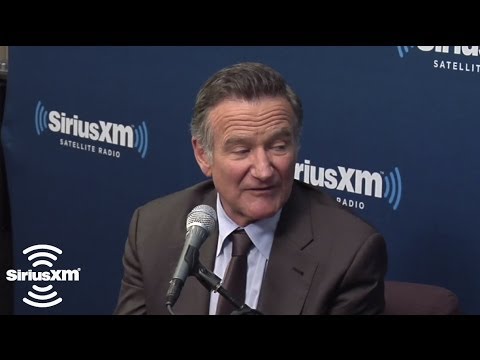
Influence and Innovation
An interesting tidbit about Van Sant is his deep appreciation for visual art, which often informs his work. This love for aesthetics can be seen in films like “Elephant,” where he captures the chilling atmosphere of teenage angst. He once even cited being inspired by the iconic “Nosferatu” in creating memorable visuals. Speaking of “Nosferatu,” the cast Of Nosferatu 2025 is being talked about for its reinterpretation of classic horror. Van Sant’s influence stretches across genres, proving that powerful storytelling isn’t confined to a single box.
Moreover, his ability to weave humor and gravity into his narratives is similar to those whimsical yet moral tales like the antics of Agnes from “Despicable Me.” Just as Mark Richt redefined expectations in football coaching, Van Sant challenges traditional filmmaking styles with bold decisions that often pay off. In his films, the audience is taken on a ride, evoking feelings that linger long after the credits roll, balancing drama with moments of levity—much like James Harden without his beard, showcasing a different side that can’t be ignored.
Gus Van Sant’s innovative spirit continues to redefine cinema, inviting new interpretations and reflections on human experiences. From tackling emotional turmoil to embracing the unexpected, he remains a figure to watch—as he shapes the future of storytelling in film with every project he undertakes.
